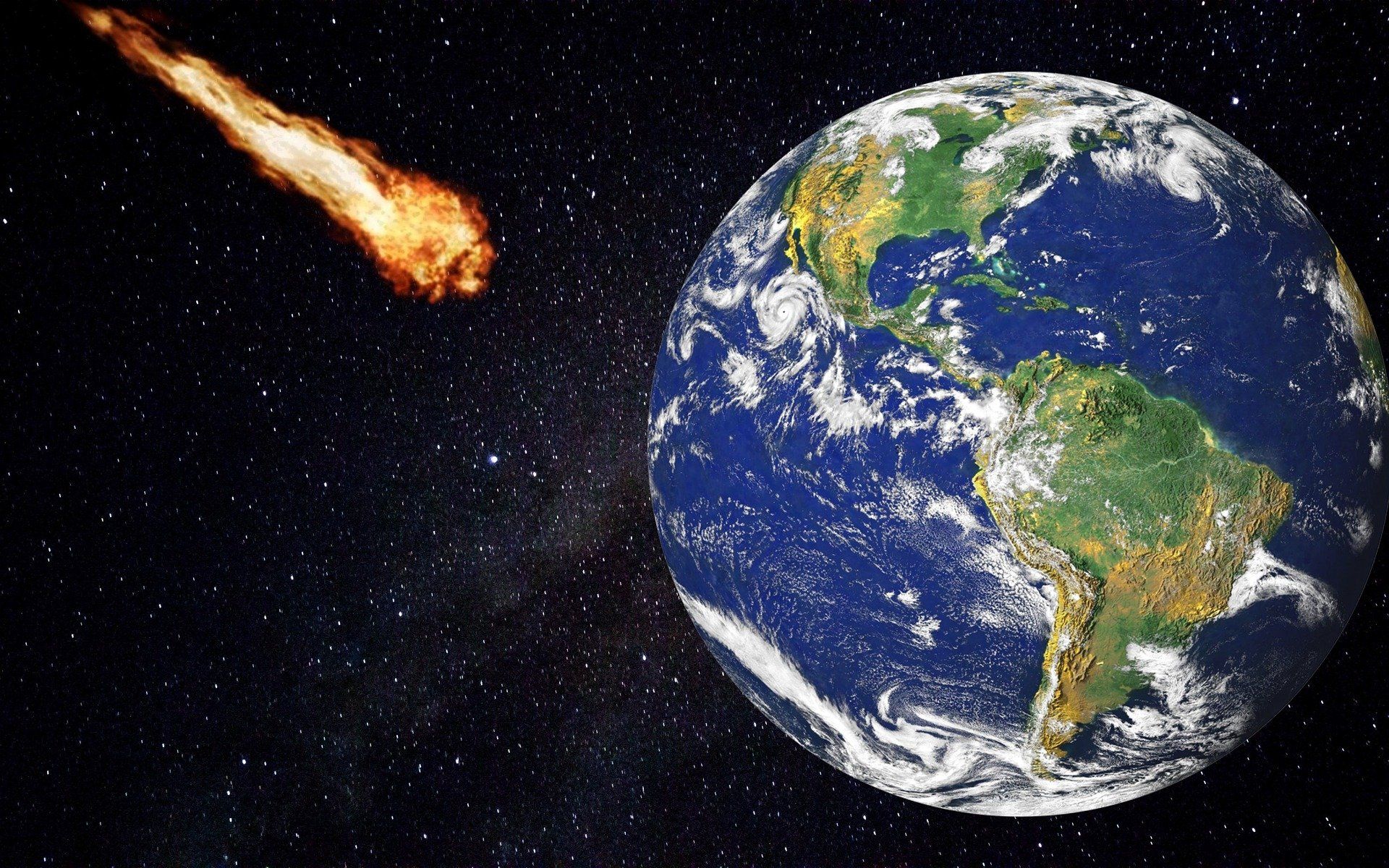NASA has announced that an asteroid estimated to be around a kilometre wide will fly by Earth on January 18. While that might sound quite alarming, especially in the wake of the buzz caused by the Leonardo DiCaprio’s new movie, ‘Don’t Look Up‘, it is going to be a harmless flyby.
NASA’s Center for Near Earth Object Studies, which studies potentially hazardous objects close to Earth, said that the asteroid, travelling at a speed of speed of 76,192 kilometres per hour, will pass Earth at a distance of 1.2 million kilometres. Named 7482 (1994 PC1), the asteroid was discovered in 1994.
Also read | NASA’s James Webb telescope opens ‘golden eye’, passes last major hurdle
While a collision with our planet is not on the cards, NASA estimates 7482 (1994 PC1)’s January 18 flyby to be the asteroid’s closest approach to Earth for the next two centuries. While 7482 (1994 PC1) will not be visible with the naked eye, amateur astronomers may be able to spot it using their telescopes.
7482 (1994 PC1) is not the biggest asteroid to have flown past Earth. In September 2017, 3122 Florence (1981 ET3), estimated to be between 4 kilometres and 8.8 kilometres wide, flew past our planet, making it the biggest asteroid to have flown past the Earth. 3122 Florence (1981 ET3) will fly past our planet again on September 2, 2057.
While 7482 (1994 PC1) and 3122 Florence (1981 ET3) pose no threat to the Earth to the best of our knowledge, the threat of asteroid collisions is a distinct possibility over large time scales. However, not all asteroid impacts have the potential to cause an extinction-level event and the threat posed by an asteroid depends on its size.
Also read | Japan tycoon Yusaku Maezawa returns from space with business dreams
The asteroid that killed the dinosaurs 65 million years ago, for instance, is estimated to have been between 11 and 12 kilometres wide. However, scientists estimate that an asteroid has to be around 96 kilometres wide for it to destroy all life on Earth upon impact.
In cognizance of the threat posed by asteroids, NASA is slated to carry out the Double Asteroid Redirection Test (DART) mission in September 2022. The mission will see NASA deliberately crash a space probe into a minor moon called Dimorphos orbiting the double asteroid Didymos in a bid to change its motion in space and assess the potential of such a technology for mitigating the threat of asteroid collisions. The mission, if successful, could be a precursor to future planetary defence technologies against near-Earth objects (NEOs).







